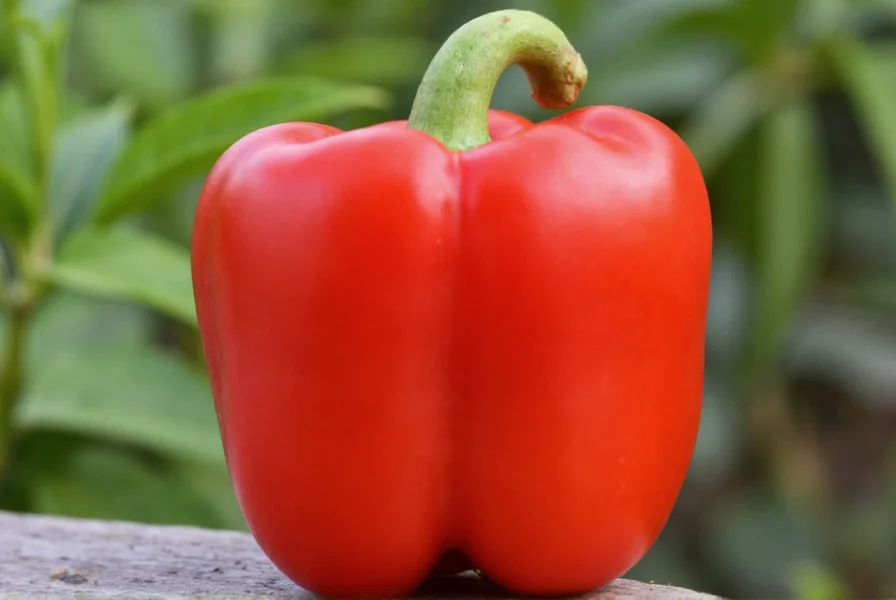Hatch peppers represent one of America's most distinctive regional food specialties, embodying the agricultural heritage of New Mexico's fertile valley. Unlike generic "green chiles," true Hatch peppers develop their unique flavor profile from the specific combination of soil composition, altitude, and climate found only in the Hatch Valley region.
The Origin Story of Hatch Valley Peppers
The story of Hatch peppers begins with Fabián García, a horticulturist at New Mexico State University who developed the first standardized New Mexico chile variety in 1913. The town of Hatch, New Mexico, became the epicenter of chile production in the region, lending its name to the distinctive peppers grown in the surrounding valley. Despite common misconception, "Hatch" refers to the growing region rather than a specific pepper variety—several cultivars including Big Jim, Sandia, and Joe E. Parker are all considered authentic Hatch peppers when grown in the designated area.

Understanding Hatch Pepper Characteristics
Hatch peppers exhibit remarkable diversity in heat levels while maintaining their signature flavor. The heat intensity depends primarily on growing conditions rather than genetics:
| Heat Level | Scoville Units | Flavor Profile | Best Culinary Uses |
|---|---|---|---|
| Mild | 500-1,500 | Sweet, grassy, vegetal | Salads, sandwiches, mild sauces |
| Medium | 1,500-4,000 | Complex, slightly smoky | Enchiladas, stews, casseroles |
| Hot | 4,000-8,000 | Sharp, pungent, robust | Salsas, hot sauces, spicy dishes |
Unlike jalapeños or habaneros which maintain consistent heat levels, Hatch peppers' spiciness varies dramatically based on water stress during growth—drier conditions produce hotter peppers. This natural variation creates exciting culinary possibilities throughout the season.
Hatch Pepper Season and Selection
The authentic Hatch pepper season runs from late July through September, with peak availability in August. During this period, farmers across the valley harvest peppers at different maturity stages:
- Early season (July-August): Lighter green, thinner-walled peppers with milder flavor
- Mid-season (August): Deep green, medium-walled peppers with balanced heat
- Late season (September): Darker green, thicker-walled peppers with more intense flavor
When selecting fresh Hatch peppers, look for firm, glossy skins without wrinkles or soft spots. The best specimens feel heavy for their size and emit a fresh, grassy aroma. Avoid peppers with black spots, which indicate overripeness or damage.

Traditional Roasting Techniques
Roasting transforms Hatch peppers' flavor profile, developing complex smoky notes while making them easier to peel. The traditional method involves:
- Placing peppers directly over an open flame or on a hot grill
- Turning frequently until skin blisters and blackens (about 5-8 minutes)
- Sealing in a paper bag for 10-15 minutes to steam
- Removing charred skin under running water
- Drying thoroughly before use or storage
Properly roasted Hatch peppers develop a distinctive sweet-smoky flavor that forms the foundation of New Mexican cuisine. The roasting process caramelizes natural sugars while preserving the pepper's essential oils.
Culinary Applications Beyond New Mexican Cuisine
While traditionally used in New Mexican dishes like enchiladas and posole, Hatch peppers have gained popularity in diverse culinary applications:
- Breakfast dishes: Omelets, breakfast burritos, and scrambled eggs
- Cheese pairings: Queso fresco, Monterey Jack, and cream cheese spreads
- Preserves: Jams, relishes, and chutneys with complementary fruits
- Meat preparations: Rubs for chicken, pork, and beef
- Cocktail infusions: Bloody Mary mixers and spicy margarita components
Chefs appreciate Hatch peppers' versatility—they can enhance dishes without overwhelming other flavors, making them suitable for everything from delicate seafood preparations to hearty winter stews.
Preservation Methods for Year-Round Enjoyment
Since authentic Hatch peppers are seasonal, proper preservation extends their enjoyment:
- Freezing: Roast, peel, and freeze in airtight containers (maintains flavor for 6-12 months)
- Canning: Preserve in vinegar-based solutions for salsas and relishes
- Drying: Create ristras (traditional pepper strings) or dry for powder
- Refrigeration: Store fresh peppers in perforated bags for 2-3 weeks
Freezing remains the preferred method for home cooks seeking to preserve the fresh flavor. Simply roast, peel, and portion peppers before freezing for convenient use in future recipes.
Authenticity and Substitution Guidance
True Hatch Valley peppers carry the Hatch Chile Certified seal, guaranteeing they were grown in the designated New Mexico region. When authentic Hatch peppers aren't available, suitable substitutes include:
- Early season: Anaheim peppers (milder, similar flavor profile)
- Mid-season: Poblano peppers (similar heat range, earthier flavor)
- Late season: Jalapeños with bell peppers (to approximate heat and flavor)
Understanding these substitutions helps maintain recipe integrity when authentic Hatch peppers aren't in season. However, no substitute perfectly replicates the unique terroir-driven characteristics of genuine Hatch Valley peppers.











 浙公网安备
33010002000092号
浙公网安备
33010002000092号 浙B2-20120091-4
浙B2-20120091-4